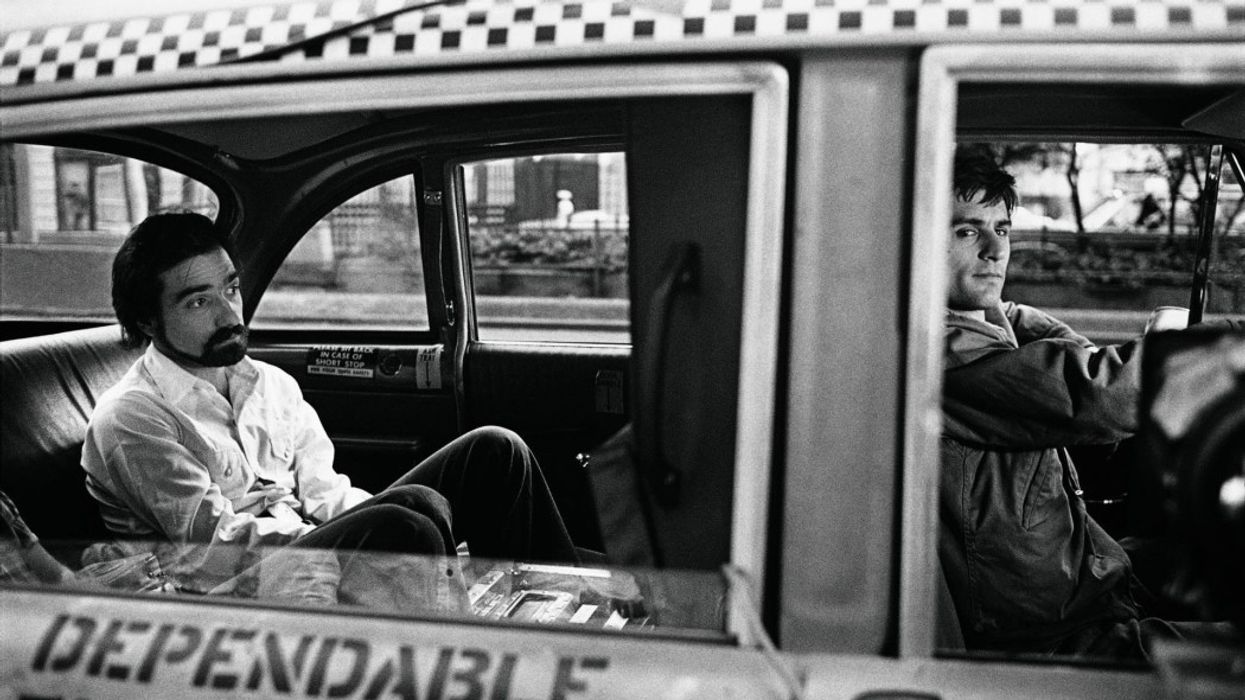4 Things You Can Learn from How Scorsese Directed 'Taxi Driver'
Martin Scorsese knew he had something special when he read Paul Schrader's "Taxi Driver" script. So, how did he direct it so masterfully? And what can he teach you?

Martin Scorsese is one of our most heralded living directors. He's been creating films since the late 1960s, but really broke out after 1976's Taxi Driver. It was an angry movie about trying to cleanse society and the angst of a young man. It was a breakout hit and has since been talked about as one of the greatest directorial achievements of all time.
In this video, The Director's Cut culls interviews Scorsese has given over the years to find some of his best insight into what it took to direct the 70s classic. Check it out below, and then let's get into our favorite tips afterward.
4 Tips From How Martin Scorsese Directed 'Taxi Driver'
1. Make as many personal pictures as possible (within the system)
You need to be drawn to direct a movie because you want to say something to the world. Sure, the projects and paychecks can be fun, but the connection to the material is paramount because that's what keeps everyone involved and excited.
Still, if you want to work in Hollywood, the first thing you have to realize is that no one owes you a movie.
That means if you're seeking millions of dollars to create your project, there's a system built to do that. And you have to respect it. Find a way to mesh your personal draw and voice with the system Hollywood has put forth. Buck it from within and you'll keep getting work.
2. Know what's inside your character (and how to show it visually)
So much of Travis Bickle's arc is internal that it was intimidating at first. Scorsese had to figure out how to take this journey and get it onto the screen. Sure, there was some voiceover, but lots had to be extrapolated into action and shots.
Scorsese worked hard to find physical manifestations of Bickle's struggles so the audience could not only visually understand him but also empathize with what was haunting him.
Showing visual representations of your characters keys the audience in on what matters to them and why they should matter to us.
3. Directorial control is a powerful thing
As the director, you have the power to give a message to the audience. Or you can wield it in other ways. This power means you have to do what's right, not only for the movie but on set as well. Push your actors as far as they can go, but know when to pull back.
Know how to manipulate the audience.
You want to get the feelings and reactions you want, but don't be afraid to push buttons when you need to so people have to think and feel.
4. Let the edit help you
You write, you shoot, but the movie must also be built in the edit.
In Taxi Driver, Scorsese uses a ton of jump cuts to show Travis' investment in being a driver, in working on his body, and in scoping out the streets. These are things not built into the script or the shots, but that came about while editing the movie.
As a director, you need to hire the best people for the job and be present when they're doing it. You direct what's happening.
What I love about this Scorsese tip is that he admits that being present in the edit is the director's last job. There are just things you're going to miss on set. That's okay. Ideas in the edit about scene order, cuts, and other tricks matter.
Being a great director means being open to anything that makes the movie better.
What's next? 4 ways Fincher can make you a better director!
David Fincher is the master of the brooding and slow build. Learn some directing tips from Gone Girl and see how he made this thriller capitalize on twists and turns.
Click the link to learn more!
Source: The Director's Cut















